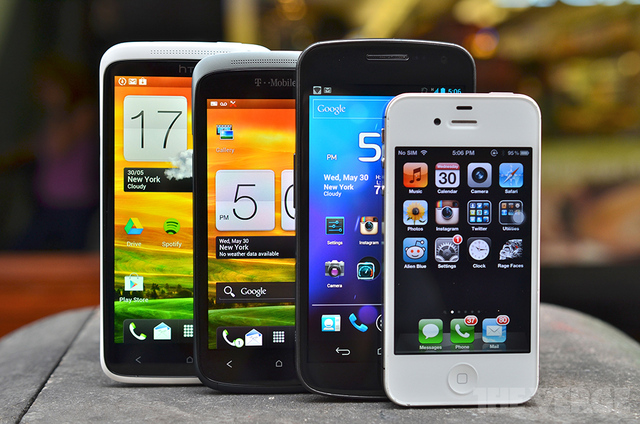Things You Should Know Before Buying A smartphone On EMI

Smartphones have become a way of life, and more importantly a way of life that is aspirational with no price ceiling high enough. With the hike in the prices of smartphones, most manufacturers that were earlier reaching out only to a niche audience have also been forced to go mass market to compensate for volumes, so margins don’t have to be sacrificed. The best bet is to offer EMI schemes. The trend setter was Apple which introduced an equated monthly instalment (EMI) scheme for users wanting to lay their hands on an iPhone or iPad, but weren’t able to afford it at one shot.
There are, however, a multitude of problems and loopholes that need to be understood. Here’s how they work:
1. An EMI on a payment made by a credit card works in a convoluted manner. When you pay, the entire amount is deducted at one go from your credit card and you pay the credit card bank and not the OEM for the instalments. It is also important to understand that the credit means that the card reduces in limit and the user has to then function with the reduced credit limit, until the full amount is paid. At present an iPhone 5 with a 16GB of internal memory is priced at Rs 45,500. Using an EMI scheme, users can get the iPhone 5 with a down payment of Rs 16, 900. The rest of the payments can be spaced out over six months, with users shelling out Rs 4,752 per month.
2. Also, important to note is the fact that on these EMIs the average processing charge associated with credit cards can can go up to a staggering 8.75 percent that is than levied over the principal amount.
3. These schemes also don’t account for theft or for damage to the device. In cases where the uses ends up losing his or her phone, there isn’t any provision for them to stop payments.
4. The user ends up paying the entire MRP when buying a device on EMI and can seldom make use of the discounts that are often on offer otherwise.
